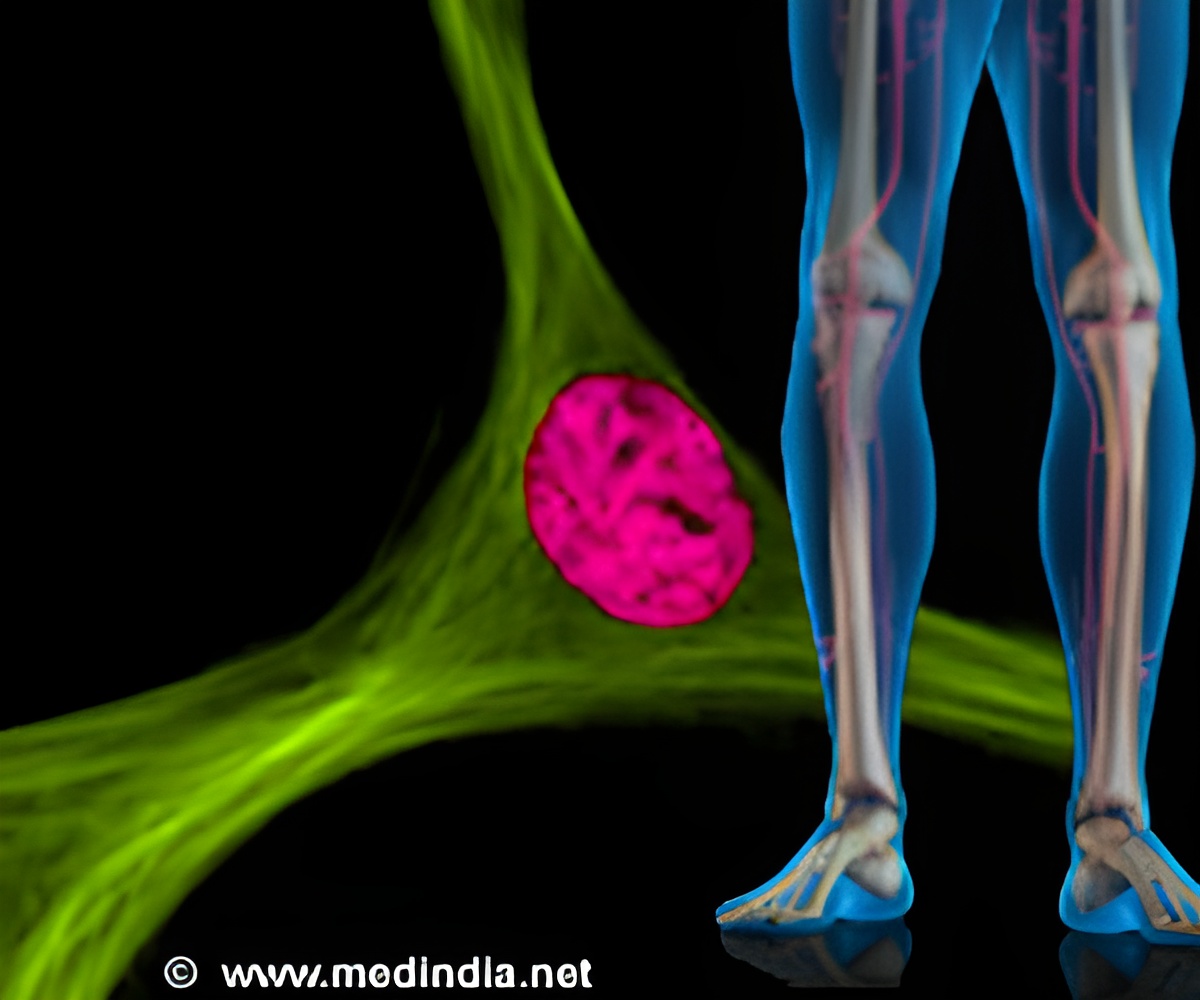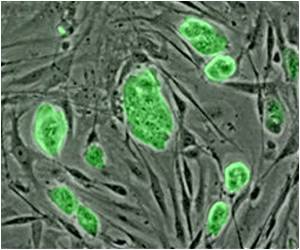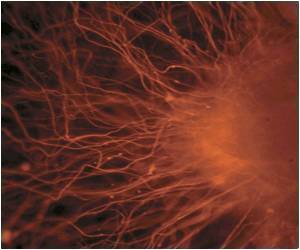Young animals are known to repair their tissues effortlessly, but can adults recapture this capacity?

The study also found that Lin28a promotes tissue repair in part by enhancing metabolism in mitochondria—the energy-producing engines in cells—suggesting that a mundane cellular "housekeeping" function could open new avenues for developing regenerative treatments. Findings were published online by the journal Cell on November 7.
"Efforts to improve wound healing and tissue repair have mostly failed, but altering metabolism provides a new strategy which we hope will prove successful," says the study's senior investigator George Q. Daley, MD, PhD, director of Boston Children's Stem Cell Transplantation Program and an investigator with the Howard Hughes Medical Institute.
"Most people would naturally think that growth factors are the major players in wound healing, but we found that the core metabolism of cells is rate-limiting in terms of tissue repair," adds PhD candidate Shyh-Chang Ng, co-first author on the paper with Hao Zhu, MD, both scientists in the Daley Lab. "The enhanced metabolic rate we saw when we reactivated Lin28a is typical of embryos during their rapid growth phase."
Lin28, first discovered in worms, functions in all complex organisms. It is abundant in embryonic stem cells, expressed strongly during early embryo formation and has been used to reprogram skin cells into stem cells. It acts by binding to RNA and regulating how genes are translated into proteins.
To better understand how Lin28a promotes tissue repair, the researchers systematically looked at what specific RNAs it binds to. They initially had their sights on a tiny RNA called Let-7, which is known to promote cell maturation and aging.
Advertisement
Specifically, the researchers found that Lin28a also enhances the production of metabolic enzymes in mitochondria, the structures that produce energy for the cell. By revving up a cell's bioenergetics, they found, Lin28a helps generate the energy needed to stimulate and grow new tissues.
Further experiments showed that bypassing Lin28a and directly activating mitochondrial metabolism with a small-molecule compound also had the effect of enhancing wound healing. This suggests the possibility of inducing regeneration and promoting tissue repair with drugs.
"Since Lin28 itself is difficult to introduce into cells, the fact that we were able to activate mitochondrial metabolism pharmacologically gives us hope," Shyh-Chang says.
Lin28A didn't universally induce regeneration in all tissues. Heart tissue showed little effect, and while the researchers were able to enhance the regrowth of finger tips in newborn mice, they could not in adults.
"Lin28a could be a key factor in constituting a healing cocktail," says Shyh-Chang, "but there are other embryonic factors that remain to be found."
Source-Eurekalert









